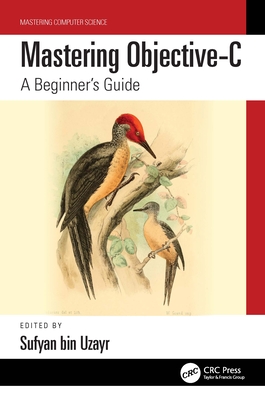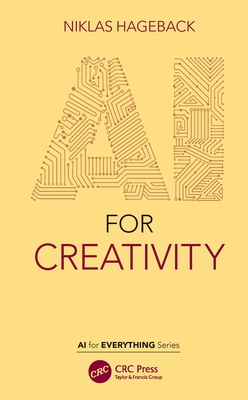
Design for Vulnerable Communities(The Urban Book Series)
弱势社区设计
应用社会学
¥
1657.5
售 价:
¥
1326.00
优惠
平台大促 低至8折优惠
发货周期:国外库房发货,通常付款后3-5周到货!
出版时间
2022年05月16日
装 帧
精装
页 码
511
语 种
英文
综合评分
暂无评分
- 图书详情
- 目次
- 买家须知
- 书评(0)
- 权威书评(0)
图书简介
This book aims to provide bases for reasoning on what challenges urban-architectural design for vulnerable communities will face in the coming years. Several issues, such as technological development, climate change, political crisis and economic uncertainties show as traditional strategies and methodologies are not sufficient to deeply solve the problems of these complex realities. These new changes, which are studied in different fields of knowledge, highlight the fact that the development of effective solutions must be characterized by multidisciplinary approaches and must be based on strategies promoted by different disciplines. For this reason, this contributed volume collects contributions and considerations from experts in various fields of knowledge working in different parts of the world, such as the Americas, Europe and Asia. The goal is precisely to provide the reader with multidisciplinary knowledge and methodologies in order to better reflect and analyze the challenges that designing for vulnerable communities will face in the next few years. These multidisciplinary studies are organized into five sections: Sustainability and Vulnerabilities in Time of the AnthropoceneApproaches, Principles and Paradigms to Contemporary Research and Practice for Vulnerable CommunitiesDesigning for Vulnerabilities: Applications and ActionsSocial Engagement in Vulnerable Communities Between Digital and Humanist VisionsVulnerabilities in Context: Analysis and Projects in the U.S.-Mexico Border RegionDesign for Vulnerable Communities will be of interest primarily to researchers and professionals in the field of urban-architectural design, but it will also be a useful tool to policy makers and members of civil society at large interested in making cities more inclusive.
本书暂无推荐
本书暂无推荐












